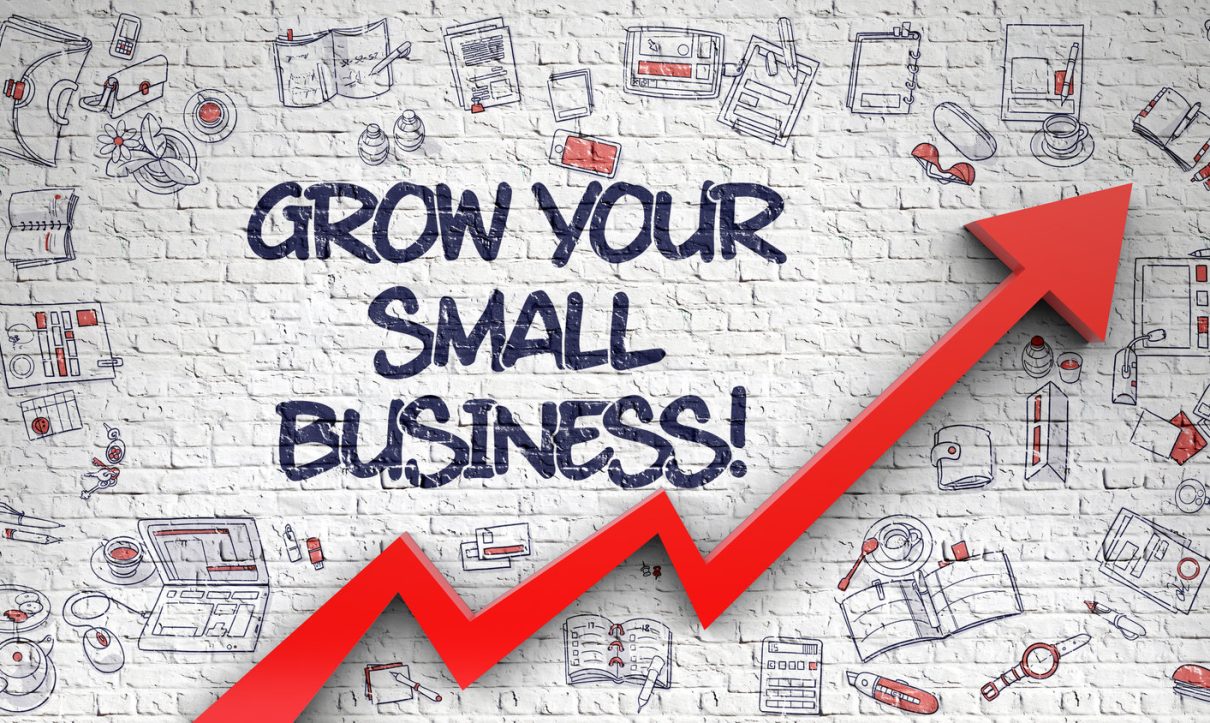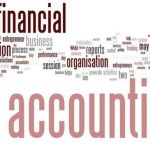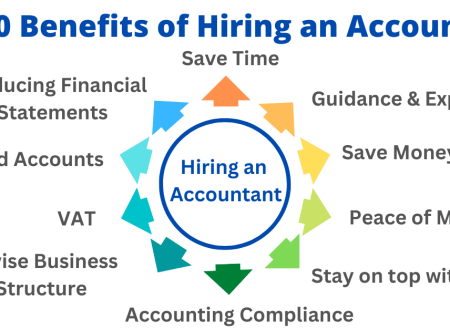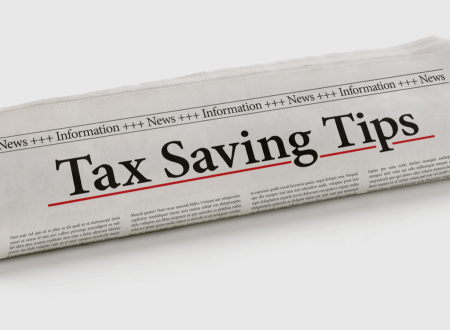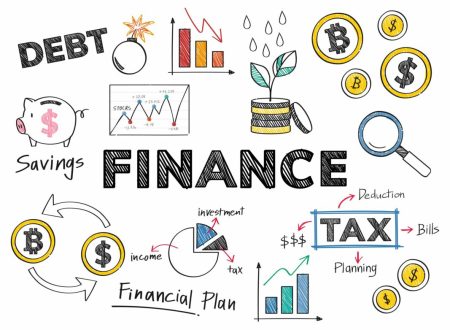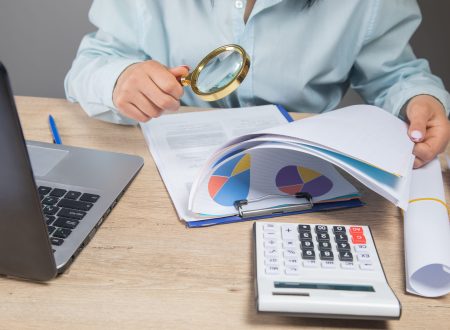Accounting for revenue and expenses can help keep your business running smoothly. Make sure you maintain proper bookkeeping and have a basic knowledge of business finances.
Start with a balance sheet
The balance sheet is the foundation of managing your finances. It operates as a snapshot of your business financials. It helps you keep track of your capital and provide a cash flow projection for future years.
A balance sheet will help you account for costs like employees and supplies. It will also help you track assets, liabilities, and equity. You can get insights by separating and analyzing segments of your business, like comparing online sales to face-to-face sales.
Cost-benefit analysis (CBA)
Looking closely at money-in and money-out helps maintain a sustainable balance between profit and loss. From development and operations to recurring and nonrecurring costs, it’s important to categorize expenses in your balance sheet. Then, you can use a cost-benefit analysis to weigh the strengths and weaknesses of a business decision, and put potential recurring benefits and cost reductions in context.
A CBA is a technique for making non-critical choices in a relatively quick and easy way. It simply involves adding money in benefits and money in costs over a specified time period, before subtracting costs from benefits to determine success in terms of dollars. This can come in handy with hiring another employee or an independent contractor.
For example, let’s say you’re deciding whether to add outdoor seating for your sausage themed restaurant, Haute Dog. You estimate outdoor seating would add $5,000 in extra profit from sales each year. But, the outdoor seating permit costs $1,000 each year, and you’d also have to spend $2,000 to buy outdoor tables and chairs. Your cost-benefit analysis shows that you should add outdoor seating, because the new benefits ($5,000 in new sales) outweigh the new costs ($3,000 in permitting and equipment expenses).
Pick a method of accounting
Businesses often use either the accrual or cash methods of recording purchases. The accrual method puts transactions on the books immediately upon completing the sale. The cash method only records this once payment has been received.
For example, if you make a sale in January and receive the $200 payment in February, an accrual method would allow you to record that on January’s books, while the cash method would require that payment to land on February’s books.
GAAP
There are many strategies for preparing financial statements for a small business. Generally accepted accounting principles, known as GAAP or “Gap,” provides a common way to standardize financial reporting using the accrual method. Private companies aren’t required to follow GAAP. The Financial Accounting Standards Board (FASB) maintains GAAP in the United States.
Get accounting help
You might want to get help with your accounting. Consider hiring a certified public accountant (CPA), bookkeeper, or using an online service.
A CPA will typically cost more than online services, but can normally offer more tailored service for your specific business needs. A bookkeeper can provide basic day-to-day functions at a lower cost, but won’t possess the formal accounting education of a CPA.
Ensure that someone can manage the following:
- Accounts receivable
- Accounts payable
- Available cash
- Bank reconciliation
- Payroll
Manage business credit
Establishing and managing business credit can help your company secure financing when you need it, and with better terms. Business credit can be crucial for negotiating supply agreements and protecting against business identity theft.
These five steps can lay the groundwork to sound financial planning.
- Determine whether you have business credit on file with Dun & Bradstreet
- Establish a business credit history by using lines of credit associated with your business
- Pay bills on time and understand other factors that influence your credit rating
- Keep your credit files current and monitor for ratings changes
- Know your customers’ and vendors’ credit standing
Knowing your customers’ credit standing gives you a window into consumer patterns, and that can affect your marketing and sales strategy. You may not need to conduct credit checks, but there are credit evaluation tools available for small business. Customer behavior also impacts your business’s cash flow, which affects planning for future supplies, hiring employees, and expanding your business.

 ?>
?>